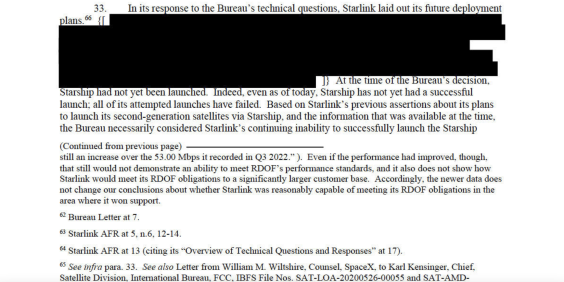This is not investment advice. The author has no position in any of the stocks mentioned. Wccftech.com has a disclosure and ethics policy.
NASA's Orion spacecraft has exceeded expectations as it enters the 15th day of its flight confirmed officials earlier today during a press conference. The ship is currently orbiting the Moon, and it is part of the Artemis 1 mission which is a test flight that will test its different systems. During its journey, Orion reached the farthest point away from Earth for a spaceship designed to fly humans - a crucial achievement due to the complex design when compared to other spacecraft particularly due to the stringent life support and communications requirements.
Due to Orion's stellar performance, NASA added additional test objectives that went beyond what the mission had originally been designed for. These included testing Orion's thermal capacity and its solar arrays, both of which have specific requirements for the position that they must be placed into.
After it conducted these tests, NASA's Artemis 1 mission manager Mr. Mike Sarafin shared their results and added that, building up on these, his agency will now add even more tests to the spacecraft's mission.
NASA's Orion Spacecraft Is Generating More Power Than Required To Allow Teams Flexibility During The Mission
The star of the Artemis 1misison is Orion's European Service Module (ESM). This is an integral portion of the spaceship, as it does the heavy lifting that is required to propel it to the Moon and back. The module uses nine engines, with one primary and eight secondary thrusters. Of these, the primary engine is one that has already ben used on the Space Shuttle, and this lineup will continue to power the spacecraft for the first five missions of the Artemis program.
Joining the discussion was the European Space Agency's (ESA) Orion European Service Module program manager Mr. Philippe Deloo. He shared crucial statistics for the spaceship, confirming that it is generating more power than is required. NASA's manager had previously outlined this at an earlier press conference. According to him, not only is the solar array producing 15% more power than is needed, but the power consumption is also less since the ESM is designed for higher internal temperatures.
A higher temperature requires less power for the heaters and leaves more power for other items - a crucial advantage for long distance journeys, particularly to the Moon. Mr. Deloo went on to add that the propulsion system as a whole is also working flawlessly, despite being tricky to work with on Earth. Additionally, keeping the solar arrays open also leaves them open to micro meteorite damage, so additional power makes the ship safer.

The Orion spacecraft's action control thrust fires up during its journey around the Moon. Image: NASA
As Orion was making its distant retrograde orbit, NASA added two additional test objectives. With the spacecraft now on its way to leave this orbit and start its journey back to Earth, Mr. Sarafin shared that the agency will now add more objectives that will further test Orion's pressurization systems and thrusters.
According to him:
The additional objectives in all of these are going to occur after we exit the distant retrograde orbit. We are going to cycle and monitor the leak rates on the pressure control assembly, so this is the helium that is used to pressurize the propellant tanks just to understand the leak rate that occurs is, as we cycle these valves. Understanding that over the course of longer and longer durations is very important.
And once we get the propulsion system after the return powered flyby on December the 5th and what they call blowdown, where you don't need pressurization to augment the pressurization of the tanks, affords us an opportunity to understand that.We are also looking at a increased attitude maneuver rate to basically pitch the vehicle up to four degrees per second.
NASA's Orion vehicle integration deputy manager Mr.Chris Edelen added that another test objective will enable engineers to looses up some maneuvering requirements to see if they can further save the fuel that is on board the vehicle.
As far as the earlier thermal envelope test was concerned, Mr. Sarafin shared its results and details for a continuing anomaly:
We found that the camera gets hot on the crew module adaptor when we fly a specific altitude. In terms of additional funnys, the only other thing that is still out there is we have this on the power system as we previously discussed. The power conditioning and disturbing units. There's something called a latching current limiter. We did have another occurrence of an uncommanded open event, so we're up to nine occurrences on that. The anomaly resolution team is still reviewing, we are working a fault tree to understand what the hardware is telling us. The redundancy and the level of redundancy we have on the spacecraft combined with the fact that every single one of these is no impact or recovering from it is not really a concern as it pertains to our ability to achieve this mission.
The Orion will return from the Moon on December 11th, after it performs a complex skip entry to 'jump' in the Earth's atmosphere.













